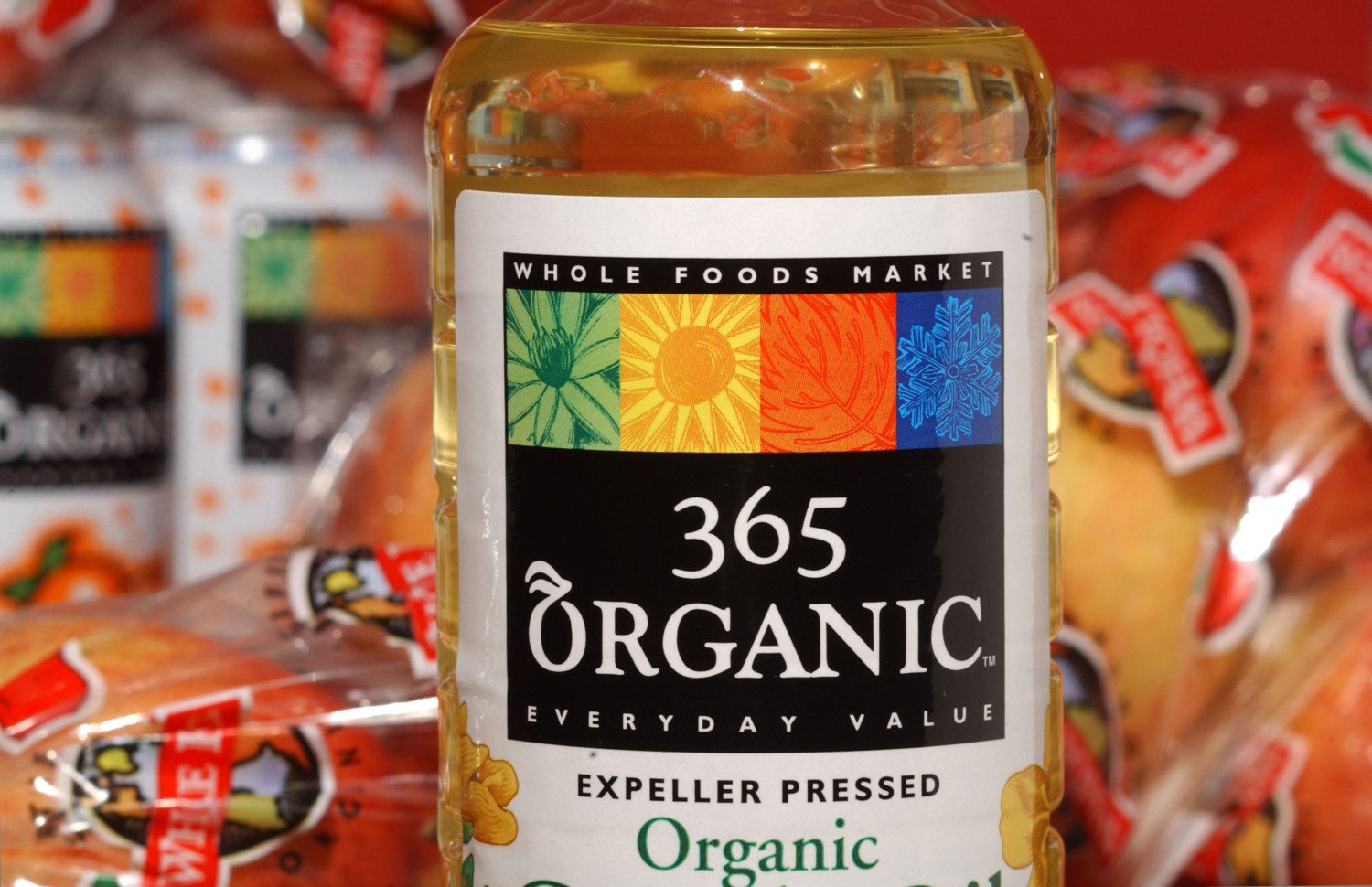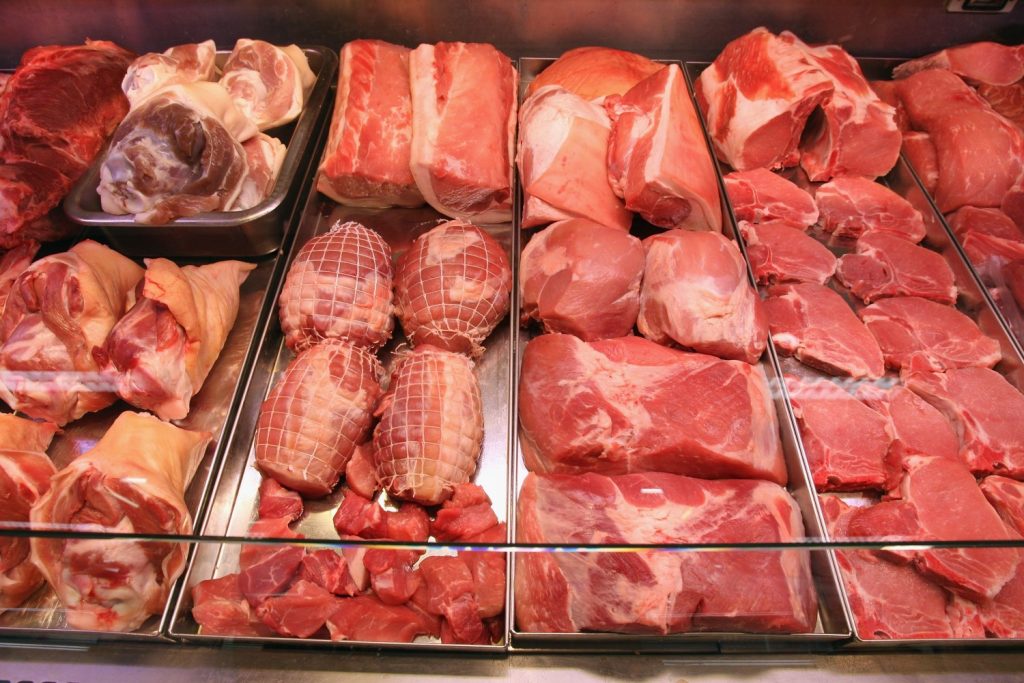Yes, you can still eat organic on a tight budget—Here’s how to do it
Eating organic can be expensive. There’s a reason why Whole Foods, best known for its wide array of organic comestibles, is often referred to as “Whole Paycheck.”
But the fact of the matter is eating organic is not only better for you (nobody wants to eat pesticides) but for the environment as well. So how do you do it without going flat broke? Though it may seem impossible, it’s definitely doable.
Here are some tips to help you out.
1. Carefully portion meat
Organic meat is one of the most expensive things you can buy in the grocery store–even less-expensive cuts like chicken drumsticks can cost $3.99 a pound or more. So portion carefully! You’re probably eating more meat than you should–the American Heart Association says one serving of meat is just 2 to 3 cooked ounces.
So bust out that kitchen scale and portion, portion, portion. Remember that meat will lose some weight in the cooking process (and to account for any bones). Instead of giving each family member an entire 8-ounce chicken breast, portion into two servings.
Bulk up the rest of the meal with greens and grains, and you have yourself a dinner.
2. Pick and choose
Not all organic foods are created equal. Do your research before you shop and decide what foods you absolutely have to buy organic. The Environmental Working Group’s Shopper’s Guide to Pesticide in Produce is a great place to start.
Typically, foods with thin skins (or skins that you eat) are better off organic. The “Dirty Dozen” list of foods that contain the most pesticides is varied and somewhat unsettling. It might cost a little more to buy organic produce (did you know that more than 45 pesticides and chemicals have been detected on conventionally grown apples?) but better safe than sorry.
3. Skip health food stores
More and more mainstream grocery stores are offering tons of organic options. Places like Costco offer great selections on organic meats, and although you’ll be buying in bulk, you can always portion out what you need and freeze the rest.
Specialty stores and health food stores have higher prices for the same exact products–although if you have a loyalty card and use coupons, you might be able to break even (more on that later). Don’t make a second trip to go to a specialty store to get a specific ingredient–look for it at your local supermarket. And another thing: really question whether or not you’ll use that organic buckwheat flour for more than one recipe.
4. Be thrifty
Forget diamonds, coupons are a girl’s best friend! Seriously–even Whole Foods puts out a great coupon book every month (you can find it at the front of their store) and has tons of coupons and promotions on their free app.
You can also clip coupons in mailers, check the supermarket website, or use coupon sites like ShopAtHome.com or RetailMeNot. There are even health-related coupon sites, such as Organicdeals.com or Mambo Sprouts. It won’t cost you anything to look, and you might end up scoring some good deals! Remember to always combine with manufacturer’s coupons whenever you can.
And don’t overlook the store rewards card–you can save money on the rest of your purchases, leaving a little more breathing room for organic buys.
5. Buy the unpopular stuff
Learn to love new cuts of meat. There’s a whole new world outside of that boneless, skinless chicken breast! You might have to invest a little more cooking time on things like dark-meat chicken, chuck roast or pork shoulder because these cheaper cuts come from sub-prime areas of the animal, but it’ll be worth it in savings.
In this case, get to know and love your slow cooker. After eight hours of stewing away in broth and spices, even the toughest chuck roast will be meltingly tender. Another big bonus: many of these unpopular cuts are actually tastier (chicken thighs are so fatty and juicy!) than their expensive counterparts.




